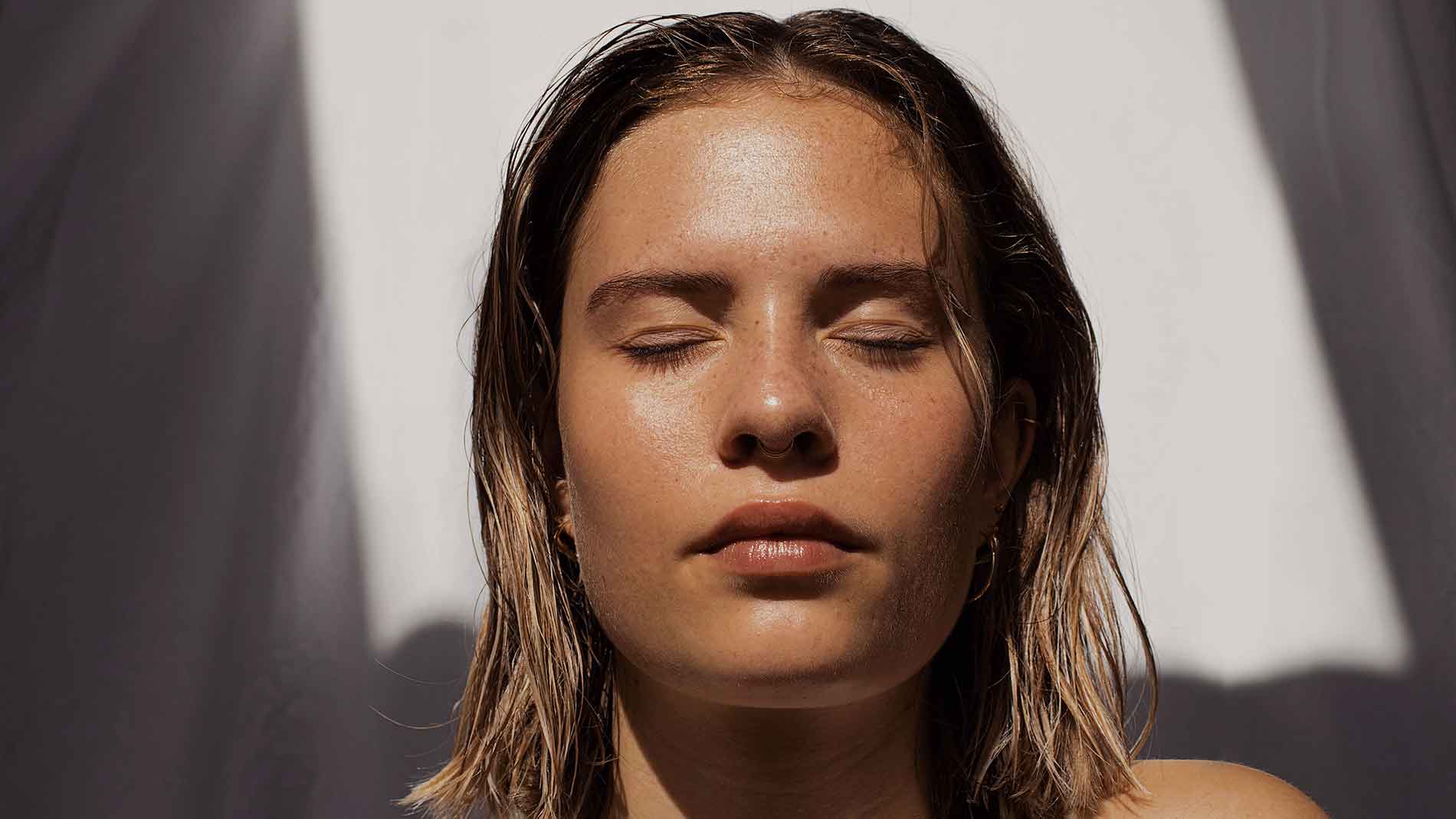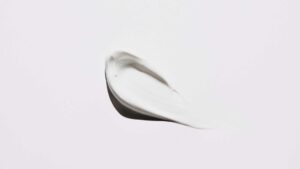By Dr Davin Lim
| Best Ingredients: Retinoids, azelaic acid, salicylic acid | Adjunctive Treatments: Dermal fillers, Clear & Brilliant laser, chemical peels |
| Worse Ingredients: Any branded natural | Tips: Invest in your skin, it is going to represent you for a long long time |
Skin facts in your 20s
The best time to start looking after your skin is in your 20’s. Laying a good foundation will represent your skin for decades to come. The best way to ensure your complexion remains glowing for decades to come is to focus on key ingredients, see below. Remember, prevention is something you don’t see in the future! Here are some facts on skin in the 20s-
- You start losing natural collagen in your late 20s
- Focus on your diet to prevent outbreaks
- Concentrate on key ingredients to treat specific concerns
- Achieve acne remission in your 20s
- Get into good sunscreen habits
- Think dermal fillers over anti-wrinkle (Bang for your buck)
- Simple lasers & peels can reverse acne scars, pigment & prevent wrinkles
What are the best skin care ingredients for people in the 20s?
Focus on the problems faced in this age group, namely acne & pigmentation. My top 5 ingredients for the 20s are
- Retinol/retinoids/retinoic acid: Select the strongest vitamin A that your skin can tolerate. This powerful ingredient can reduce acne, prevent & treat marks (post inflammatory hyperpigmentation) & lay the foundation for an anti aging routine you will keep for life! The choice of what is the best form of vitamin A depends on your skin sensitivity. If you have sensitive skin, retinyl palmitate or retinol, if you have resistant skin with acne spots & blackheads, prescription retinoids. Be guided by your dermatologist.
- Azelaic acid: is the best all rounder for sensitive skin as it can treat & prevent acne & acne-rosacea. Great for melasma & brown marks from acne (post inflammatory hyperpigmentation). Formulations typically range from 5 to 15%. Gel formulations have the most bioactivity.
- Niacinamide: Is vitamin B3, like azelaic acid, it is suited for sensitive skin. This vitamin can calm down irritated skin & provide antioxidante duties at the same time, protecting your skin from UV damage.
- Salicylic Acid: is the acid of choice for people in their teens to mid 20s. Why? Because this Beta Hydroxy Acid can reduce pimples, skin congestion, blackheads, whiteheads, oil production, as well as zits, pustules, & acne spots. Salicylic acid can also help with enlarged pores secondary to oil production. Formulations of salicylic acid range from spot treatments (gel) to clinical strength 30% salicylic acid peels.
- Hyaluronic Acid: Probably the universal moisturiser of choice across all ages. This molecule can absorb water at a staggering level, over one thousand times it’s molecular weight. It can be used on the skin as a moisturizer, or injected under the skin as a dermal filler. My personal preference? Best served under the skin rather than over.
Why should you aim for blemish free skin?
Dermatologists strive for perfection, if we do not aim for this endpoint, we should not be practicing clinical work! The flipside is that it is normal to have 2-4 pimples a month, especially related to menstrual cycles. However if you do have the propensity to pick, or to scar, even two pimples per month are two pimples too many. What is the logic?
Say 50% of your pimples scars, hence in 12 months you collect a dozen scars, over 4 years you may have nearly 50 scars. This is why you should achieve absolute control over acne.
Another clinical scenario relates to hormonal acne. If you have acne that is camouflaged with the oral contraceptive pill, it is a short term fix for a long term problem. Consider what happens if you go off the pill. Acne returns & is often hard to fix as you may be in the conception phase of your life. This is why it is important to understand your type of acne early in life, ideally in your teenage years or early 20s.
What are the best skin directed procedures in the 20s?
Peels: AHA or alpha hydroxy acid peels include lactic & glycolic acid peels. BHA or beta hydroxy acid peels such as salicylic acid can reduce blackheads, oil production, acne & normalise pore size. VITA peels are super strength retinoic acid peels at concentrations over 500 times that of over the counter retinol.
Dermal Fillers: Hyaluronic acid dermal fillers in the 20s can address genetic weaknesses including chin, jawline, nose & under eye areas. In this age group fillers build volume & structure & not replace age related volume loss.
Lasers: Can treat acne scars, enlarged pores & can be tailored according to your skin type, downtime & concerns.
Microneedling, RF & Tixel: Is a budget way of treating acne scars, uneven skin texture & fine wrinkles.
What is the best sunscreen?
Whether you live in Brisbane or Melbourne, protecting your skin from UVA/UVB rays on a daily basis is non-negotiable; this is the #1 commandment in skin care across all ages, and is especially important in your 20s.
A whopping 90 percent of premature signs of aging are caused by inadequately protecting your skin from sun exposure, hence why developing a habit of applying sunscreen correctly forms the foundation of skin care. My personal choice of sunscreen? La Roche Posay Anthelios, followed by Invisible Zinc. With Australia’s TGA regulations you can be sure that any sunscreen over SPF 30 will be adequate. The biggest mistake is NOT choosing the correct sunscreen, it is the correct application, namely 2 ‘finger lengths of sunscreen’ (about 3-4 mls) twice a day.
How can I correct acne scars & blemishes?
Early treatment of acne scars will give the best outcomes. SImple treatments including vascular lasers, Tixel, fractional lasers such as Fraxel, as well as microneedling or microneedling RF can give excellent results. The ideal type of treatment will depend on the severity of scars & your ethnic skin type.As a guide-
Fraxel Dual
Best For: Mild & early acne scars, ethnic skin acne scars
Downtime:3-6 days
Costs:$$
eCO2/CORE CO2/ Mixto CO2 fractional
Best For: Mild-moderate-severe acne scars, box car * icepick scars
Downtime: 3-7 days
Costs:$$
Microneedling
Best For: Mild & early acne scars
Downtime: 2-4 days
Costs:$
Microneedling RF Genius
Best For: Moderate to severe acne scars, ethnic skin types
Downtime: 2-5 days
Costs:$$$
ProFractional Erbium Laser
Best For: Deep acne scars, ethnic skin types
Downtime: 5+ days
Costs:$$
eMatrix Sublative RF
Best For: Very mild acne scars, early scars
Downtime: 1-4 days
Costs:$$ (I still have this device, but I do believe it is outdated as other devices can deliver better results with less downtime & costs to the patient)
Tixel
Best For: Early & mild scars, all skin types
Downtime: 1-5 days
Costs: $
V Beam Prima
Best For: Red scars, early scars, PIE (red), active acne
Downtime:1-3 days
Costs: $
Dermal Toning Spectra
Best For: Very mild acne scars, post inflammatory hyperpigmentation, dark scars
Downtime: Nil
Costs:$
Picosure Laser
Best For: Very early & mild scars, PIH
Downtime: 2-3 days
Costs:$$$. This laser is good for ethnic skin rejuvenation. It does treat PIH, however in my hands simple Dermal Toning is just as good, with less side effects & less costs. Picosure – Pico lasers are over rated in the context of acne scars.
Chemical Peels
Best For: Deep Ice pick scars, boxcar scars, superficial acne scars
Downtime: 4-7 days (CROSS or Paint technique)
Costs: $$



